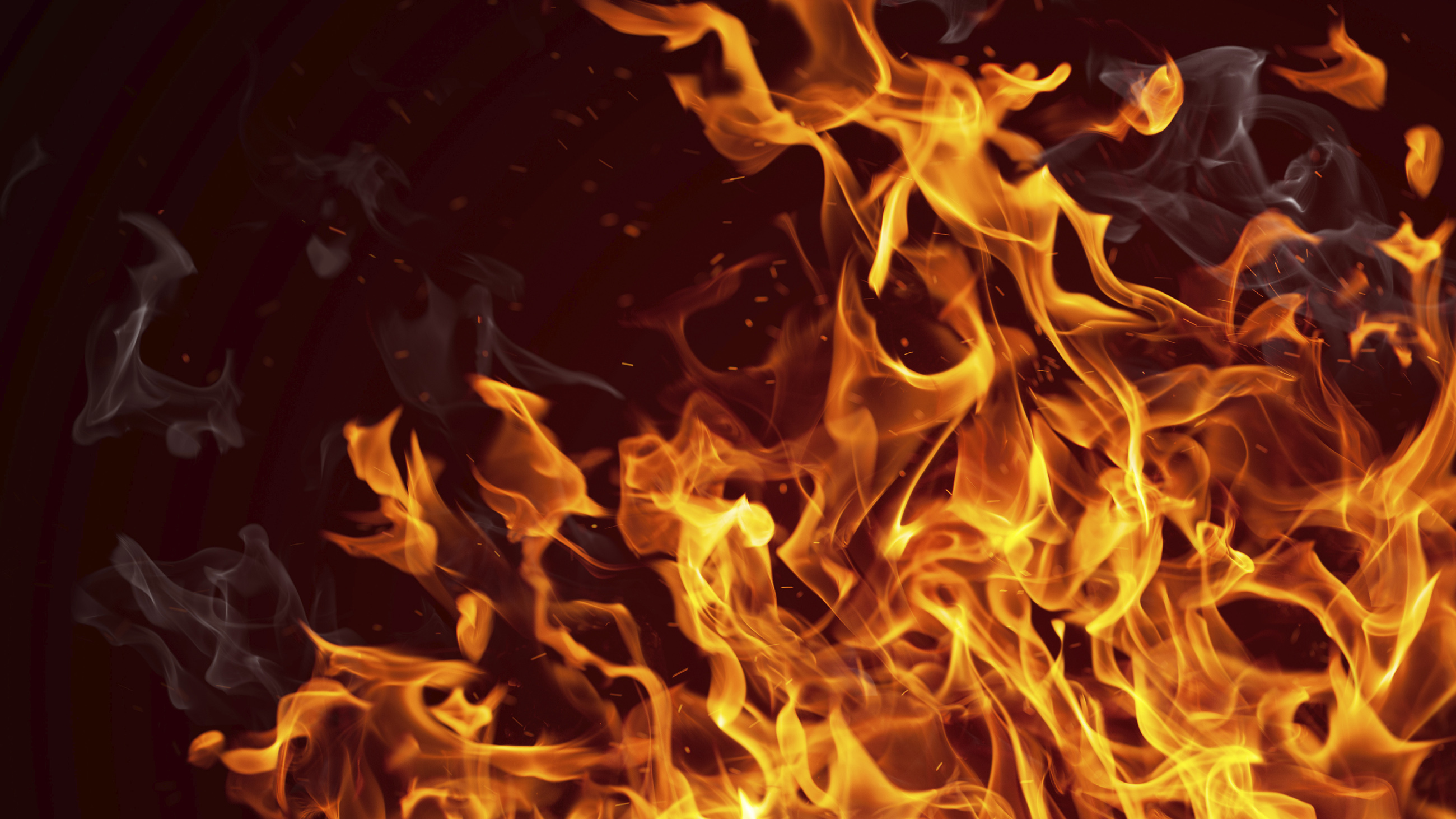The Push and Pull of Forest Fire Management
On Wednesday, the first residents of Fort McMurray in Alberta, Canada were allowed to return to their homes after a month of wildfires burned through 1.4 million acres of forest and caused 80,000 people to evacuate.
According to data from Alberta’s Ministry of Agriculture and Forestry, the total number of fires in the province so far this year is below the five year average, but the number of acres burned is almost six times as high. This increase coincides with rising global temperatures, with 10 of the 16 warmest years on record occurring in roughly the last decade. But for Stephen Pyne, a professor at Arizona State University, Fort McMurray’s blazes reflect more than just the physical effects of climate change. As he detailed in a piece for Slate last month, they also stem from “the collision of free-burning flames with a fossil-fuel–powered society.”
The move to power our world with fossil fuels, Pyne argues, has caused a shift in the way we think about fire. When removed from our daily lives, the idea of burning wood, even naturally, came to be seen as alien and avoidable, and fire became a symbol of needless destruction rather than a natural process. This led to campaigns like “Smokey the Bear,” which encouraged the suppression of fires, a practice that is often damaging in the long run.
By not allowing landscapes to burn periodically, fuel like dead logs builds up and leads to even larger fires when it does inevitably burn. In an essay published in Philosophical Transactions of the Royal Society B, Pyne writes that “there is too much of the wrong kind of fire and too little of the right kind. This loss of ecosystem goods and services, of usable habitats in the largest sense, is not merely the outcome of climate change induced by combustion but of the simultaneous removal of fire from landscapes that need them.”
The strategy of fire suppression began around the same time as the industrial revolution, when humanity switched from burning trees and plants — biomass — to burning oil, coal and natural gas. Pyne suggests this switch, which he has termed the “pyric transition,” changed people’s thinking about fire as a normal part of the world, to an unfamiliar and unwelcome foe.
“We don’t see [fire] in our homes, our factories, our offices, [and] most of us live in cities of one kind or another,” Pyne said. “The sense of fire as an informing presence in the world, certainly in humanity’s world, has tended to disappear.”
Pyne contends that even scientists have been affected by this mental shift, with the study of fire split up among disciplines like chemistry, physics and biology, but no academic department dedicated to it.
This way of thinking not only dismissed the idea of wildfires as something worth studying, but also put forward limited strategies regarding how to deal with them. It wasn’t until 1962 that the idea of prescribed burning began to gain traction, and by the 1970s, the U.S. Forest service and other forest managers were largely deploying a “let it burn” policy with regard to many forest fires.
As Alexis Sobel Fitts noted here at Undark in April, that policy has, in recent years, run up against new sorts of tensions. Not least among these is increased population and infrastructure taking root at the edge of vulnerable wildlands, which leave “the U.S. Forest Service resource-strapped as it fights more intense fires with higher stakes and on larger swaths of land,” Sobel Fitts wrote.
According to Max Moritz, a wildfire specialist with the University of California Cooperative Extension based at UC Berkeley, past computer models of wildfires have largely ignored humans and too many people think simply in terms of how much fuel there is to burn. But the population in an area, where people live, and how many roads there are, all affect the behavior of fires and their risk to people.
“For some of the problems like, home losses, or fatalities, or evacuability of our fire prone communities, or budgets — how many hundreds of millions of dollars are spent each year on fire suppression — a lot of that comes back to something that is not a fuels problem, it’s an issue of where and how we built our human developments,” Moritz said.
A need to change strategy and think differently might be easier said than done in government departments where budgets are already tight. U.S. forest management officials suggest that budget constraints tied to necessary fire suppression may in fact may be hampering their ability to better strategize. “[F]ires have grown in size and ferocity over the last 25 years,” the U.S. Forest Service has noted. “The fire-fighting budget has grown to about 50 percent of the agency’s entire budget, which limits funds available for land management activities such as land restoration and forest thinning that could aid in fire suppression.”
Still, as people come to accept fire as a natural and important — and challenging — part of the ecosystem, they may be getting better at planning for and dealing with it. Stefan Doerr, a wildfire researcher at Swansea University, says that he has seen this first hand. After the Royal Bush Fires in Australia killed 173 people in 2009, Doerr said that the government began switching up its wildfire strategy — setting off smaller fires to suppress larger ones and making schools into possible fire shelters or bunkers.
“They’ve put a lot of money into this,” Doerr said, “so in a sense they are accepting that they are living with fire.”










